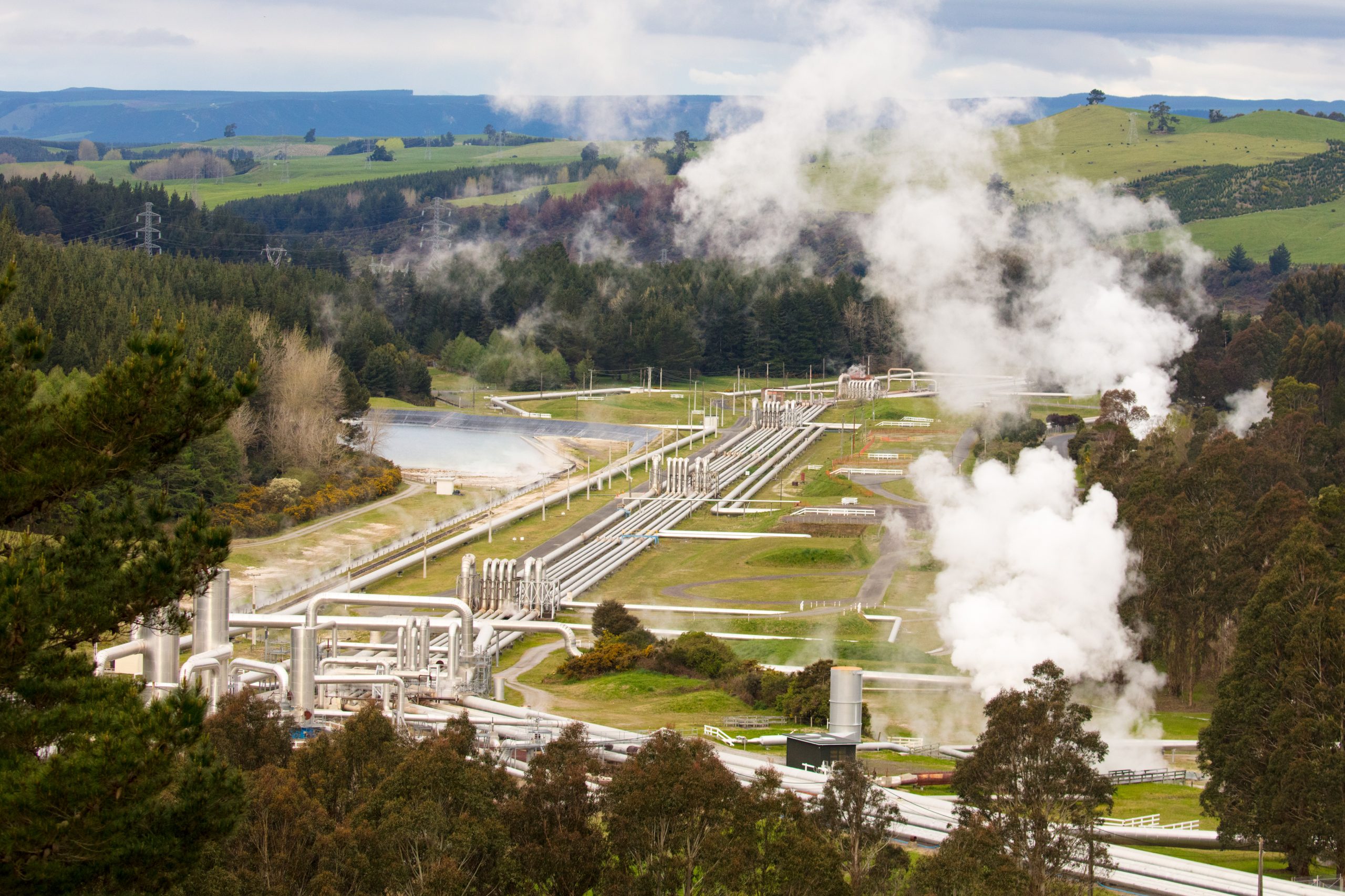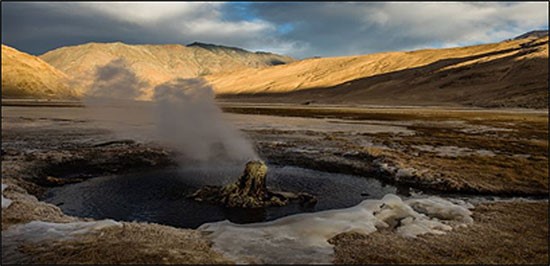
Geothermal energy is one of the most abundant forms of renewable energy available to us. Yet, it is also one of the most underutilized. This, despite the fact that it is also one of the oldest forms of energy capture that we experimented with.
In fact, practical applications of geothermal energy have been around for so long. That we can trace their use back to as long as the 3rd BCE. At a time when the steam engine wasn’t even a theory. And the wheel itself was just a century old invention. Know the future of geothermal energy.
Yet, it took another thousand years before we began to see the commercial use of geothermal power. And another few hundred years before it reached an industrial scale.
Despite the advancements in technology between these periods and today. We still only use a fraction of the potential. Even though it is far cleaner, cheaper, and freely available than coal. To understand why that is, we must first understand what geothermal energy is. And what are the common sources of geothermal energy that we can exploit for our gains.
Geothermal energy is a fancy word for heat that comes from within the earth. The word itself comes from the Greek words ‘Geo’ and ‘Therme’. Which literally mean earth and heat respectively. This heat is being produced by the decay of radioactive particles present in the core.
A process that has been happening naturally and continuously. Ever since the creation of the planet itself. Gravity plays a big role in this. The pressure of gravity draws the densest materials to the planet’s core. With other compounds and rocks forming the outer layers. These layers play their own role in helping us access this heat.
The earth itself has four major layers:
Inner Core: As the name suggest, this is the innermost layer. Which contains solid iron and other dense materials. And has a diameter of around 1500 miles. It is reportedly said to be as hot as the surface of the sun. With an average temperature of around 10,800 degrees Fahrenheit (°F) or 5982 degree Celsius (°C).
Mantle: This is the region just outside the core. It contains magma and rock that is regularly heated and melted by the core. This makes it behave in an elastically manner. Even though this layer is also around 1500 miles thick.
Crust: The crust is the solid rock that forms the land we live on. As well as the ocean floors. It is only 15-35 miles thick. And goes as thin as 3-5 miles under the ocean bed.
The heat that causes the mantle rocks to melt, also creates a high-pressure zone. Superhot plumes of molten rock creep slowly from this high-pressure zone. Towards the cooler, low-pressure area near the crust.
Where that excess heat is regularly passed off to the crust and the surface itself. Through gaps and fissures that naturally occur near the edges of tectonic plates. Thus, the temperature of the mantle goes from as high as 7,230°F (3998°C) near the mantle-core boundary. To a more manageable 392°F (200°C) near the mantle-crust boundary.
This natural convection process has been going on for longer than we have existed on this planet. And will continue long after our future generations have grown old and perished.
Thankfully, there are multiple ways of accessing this supply of heat. Which make up the major sources of geothermal energy on our planet. Let us take a deeper look at what these sources are. And how they are usually utilized for our benefit.

As we have mentioned above, the heat from the mantle is gradually passed on to the crust. The crust contains rocks as well as reserves of underground water. Which absorb this heat and become natural sources of geothermal energy.
In places where tectonic plates meet, this heat rises more freely. By heating up the air itself that runs through the cracks. These cracks also give room for water and magma to reach the surface. That erupt in the form of volcanoes and hot water springs.
Of course, science hasn’t advanced enough that we can begin to harness volcanic energy. But we definitely use hot water as a source of heating and power production. Let us take some time to explore these different forms of geothermal energy. And the potential they have.
Natural Steam Spots: These is the most natural type of geothermal energy that we get access to. There are thousands of spots on this planet that have open fissures in the ground. That go deep into the crust. These fissures allow steam to escape freely. Steam that is usually released when deep groundwater is gradually heated.
These spots are often found near regions of high tectonic activity. We can simply place a turbine over them to harness this energy. There is no need for any additional conversion to accomplish this. Although this type of geothermal energy isn’t as common, or as high temperature. As we would prefer for high-volume energy production.
Geothermal Energy utilization in Indian context
Hot Springs & Geysers: This is another source of natural geothermal energy. That is more common than steam spots. And is often used for energy production. The hot water escaping from these geysers is simply redirected to harnessing chambers. Where either the heat is carefully absorbed from the water. Using devices like a cyclone separator.
In some cases, this hot water is instead used to vaporize another liquid that has a lower boiling point. Which in turn releases steam to power a turbine. This kind of geothermal energy source is pretty common in USA and Iceland. And has a big share in overall geothermal energy production.
Underground Aquifers: This is another source of geothermal energy. Where heat is scientifically extracted from water. The main difference being that the water doesn’t naturally reach the surface. Instead, deep wells are dug to access underwater aquifers. Which contain hot water, which is simply pumped up to the surface using pipes.
This type of geothermal energy is expensive to harness. As it takes special infrastructure to access the source. There is even more money spent on upkeep. As the equipment deteriorates faster in such extreme conditions. At the same time, such spots also have the potential of cooling down after long period of use. Which makes them a limited avenue of geothermal use.
Hot Dry Rocks: This is one of the most common sources of geothermal energy on the planet. It is also the most inaccessible. Since the gaps between these low-lying hot rocks are too small to support big reservoirs. Thus, the name, hot dry rocks.
ONGC to usher in India’s first Geothermal Energy at Ladakh
In order to use these rocks for geothermal energy production. Water is forcibly pumped into these spots with intense pressure. In order to create artificial channels through which water can be easily cycled. And brought back to the surface for heat transfer. Or even to create artificial aquifers that otherwise won’t occur naturally. It is a new way of accessing geothermal potential. And once again, it is a lot more expensive than other types of energy production. But offers lots of opportunities in areas that don’t have natural tectonic openings. Which is why it is important to keep an eye on how it develops over time.
These are the main sources of geothermal energy that we can access for now. There might be other ways of tapping into this seemingly unlimited source of energy. But we will have to wait for science to develop further. Before we can begin exploring such avenues, whatever they may be. As it stands, these limited sources are enough for now.
Even in the current form, if properly utilized, we can expect to meet the entire energy demand of the planet itself. Just with geothermal energy. More than 70 countries across the world believe in this potential. Which is why they are actively investing in geothermal energy production. We can’t wait to see how far they can go. As the technology becomes more advanced and cheaper. We at Renewable India will be ready to report on any new developments in this field. As it could just be the key to beating climate change for good. In a clean and sustainable manner.
Leave a Reply